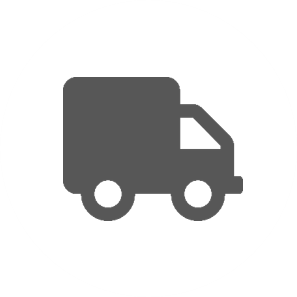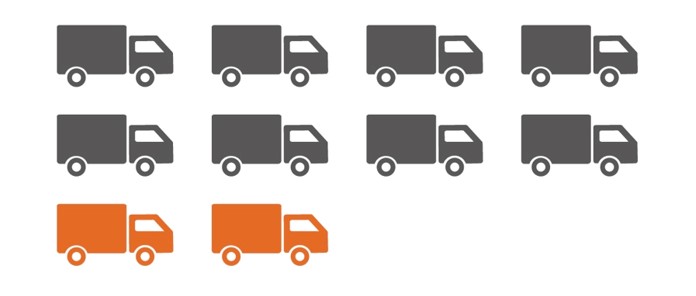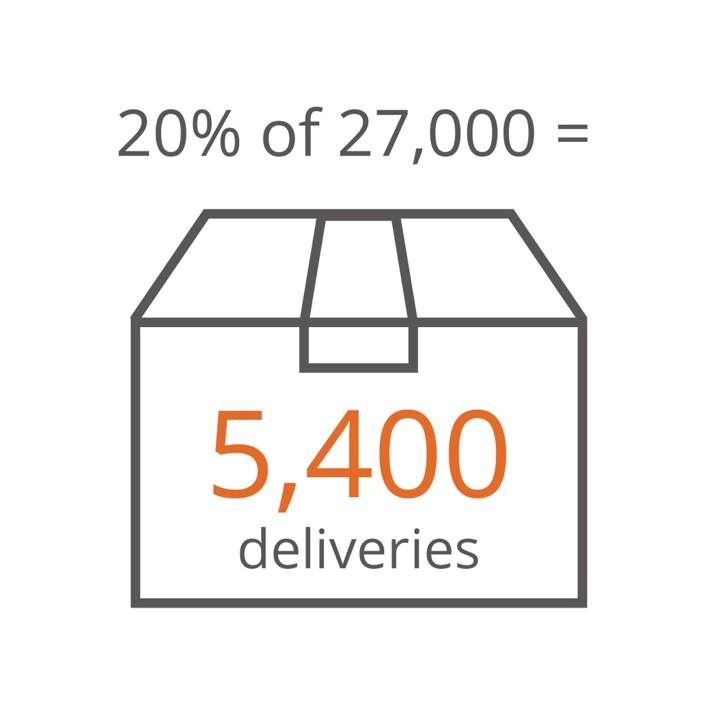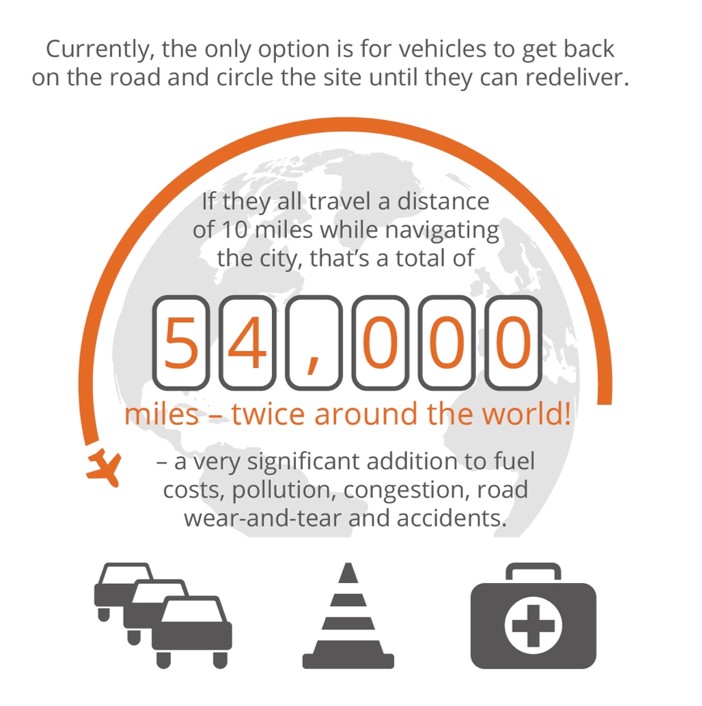

Noel Byrne: 07505 097786
noel.byrne@arrivadigital.co.uk
Daniel Pinnell: 01452 886888
danp@prospectdigital.co.uk






O2D is a real-time delivery management system with a unique Driver Contact App for rerouting, diverting and cancelling deliveries.
O2D increases supply-chain communication; process transparency; efficiency of deliveries; facilitates the free movement of vehicles and keeps construction timescales on track.
O2D reduces the rate of stoppages on site, the build-up of vehicles around it and the number of repeat journeys and delays.
O2D feeds ‘live’ data to everyone within the delivery chain.
Showing:
We call it an ‘air traffic control system for road freight’.

To provide accurate delivery to site. To give Local Authorities full visibility of every delivery, and site managers the ability to intervene and ‘pause’ delivery at the touch of a button

Huge environmental benefits; lower CO2 emissions; a reduction in congestion; significantly less wear and tear (vehicles and roads) and fewer accidents

Increased safety and security of deliveries





